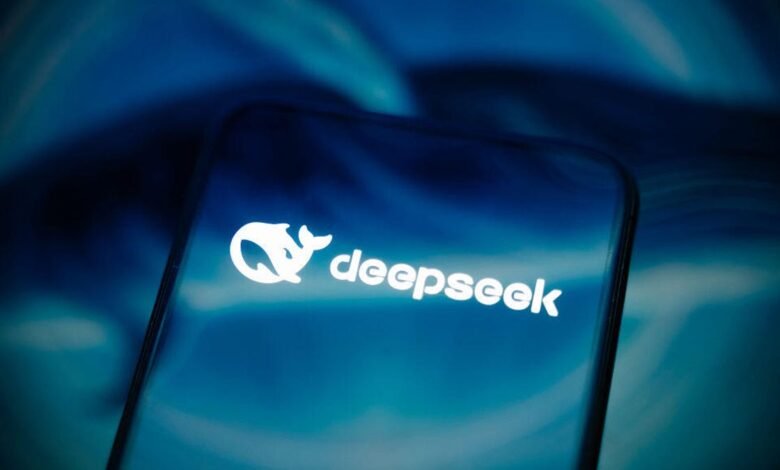DeepSeek’s R1 AI Model Trained for a Fraction of Expected Cost

▼ Summary
– DeepSeek revealed its R1 AI model cost only $249,000 to build, a fraction of what competitors spend.
– This low cost has made investors question the exorbitant spending of other AI companies like OpenAI.
– DeepSeek achieved this by strategically optimizing 512 less powerful Nvidia H800 chips, which are China-specific due to export bans.
– The model’s operating cost is also low, charging $0.14 per million tokens compared to OpenAI’s $7.50 equivalent.
– Despite R1’s potential to challenge high AI spending, overall AI investment is projected to reach $1.5 trillion this year.
The surprisingly low cost of developing DeepSeek’s R1 AI model has sent ripples through the technology sector, challenging long-held assumptions about the financial barriers to creating advanced artificial intelligence. This Chinese AI lab revealed that building its powerful R1 model required an investment of just $249,000, a figure that stands in stark contrast to the hundreds of millions reportedly spent by competitors like OpenAI on their flagship systems. The disclosure raises important questions about the efficiency of current AI development practices and whether massive spending is truly necessary for innovation.
DeepSeek’s achievement becomes even more remarkable when compared to its own previous projects. The company’s V3 model, which functions similarly to mainstream chatbot families, cost approximately $5.6 million to train according to earlier research. While some industry observers have questioned whether the R1 figure represents the complete development picture or focuses solely on the final training phase, the difference remains substantial. For context, OpenAI CEO Sam Altman has suggested that GPT-4’s development exceeded $100 million.
The cost efficiency extends to operational expenses as well. DeepSeek charges users just $0.14 per million tokens processed, while OpenAI’s comparable service costs $7.50 for the same volume. This pricing strategy underscores the fundamental difference in approach between the two organizations and highlights how strategic optimization can dramatically reduce expenses in a field known for its resource intensity.
Creating sophisticated AI models typically demands enormous resources, including specialized hardware, massive datasets, significant energy consumption, and highly skilled personnel. Chinese AI labs face additional complications due to export restrictions on advanced US-made chips. DeepSeek navigated these constraints by utilizing 512 Nvidia H800 chips, a less powerful variant specifically designed for the Chinese market. The company’s ability to achieve competitive results with strategically optimized older hardware demonstrates that innovation isn’t solely dependent on accessing the latest technology.
The recent paper represents the most substantial update from DeepSeek since its January debut, which significantly impacted industry perceptions about AI investment viability. The R1 model’s capabilities have prompted investors to reconsider the enormous funding being directed toward AI companies that have yet to achieve profitability. Despite these questions, overall AI spending continues to accelerate, with projections indicating it could reach $1.5 trillion by year’s end, suggesting that while DeepSeek’s approach offers an alternative path, the broader industry shows no immediate signs of changing course.
(Source: ZDNET)
